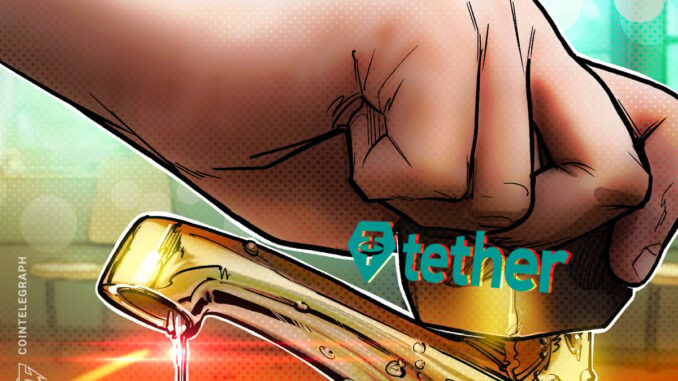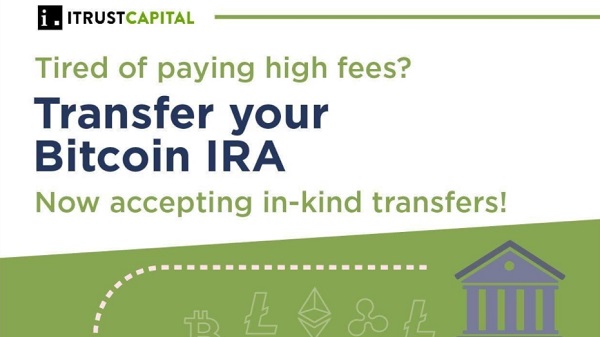
Stablecoin issuer Tether has abandoned its plan to freeze USDT smart contracts on five chains, saying the tokens will remain transferable but no longer be issued or redeemed.
The revised plan impacts users on Omni Layer, Bitcoin Cash SLP, Kusama, EOS, and Algorand, Tether said on Friday after receiving feedback from members of these ecosystems. “Following the feedback from the communities of these discontinued blockchains, Tether has revised this approach and will not freeze the smart contracts on these networks.”
While users will still be able to transfer tokens on these blockchains, Tether is discontinuing direct issuance and redemption on these chains. “This means the tokens will no longer be officially supported as other Tether tokens.” The initial plan was to end support on Sept. 1.
The decision aligns with Tether’s broader strategy to remain focused on expanding support for crypto ecosystems with strong developer activity, scalability, and user demand — without completely abandoning chains it has long supported. Only a small number of smart contract-based layer-1 blockchains have succeeded at achieving large-scale user adoption and offering practical use cases, including Tron and Ethereum — the two chains Tether provides the most support for.
Tron and Ethereum lead USDT adoption
Tron and Ethereum have $80.9 billion and $72.4 billion worth of USDT supply circulating on their respective chains, while BNB Chain rounds out the top three at $6.78 billion, DeFiLlama data shows.
Solana, along with Ethereum layer-2 chains Arbitrum and Base, are among the other thriving crypto ecosystems with heavy stablecoin activity, though they primarily use Circle’s USDC stablecoin rather than USDT.
Omni Layer to be most affected
A review of USDT balances across the affected blockchains shows that Omni Layer will be most impacted as it holds a net circulation of $82.9 million USDT, while other networks have a smaller participation: EOS has $4.2 million, while Bitcoin Cash SLP, Algorand, and Kusama all have under $1 million worth of USDT.
Tether’s sunsetting of support for these blockchains has been in the works for two years. In August 2023, the company announced it would no longer be issuing USDT on Omni Layer, Kusama, and Bitcoin Cash SLP. In June 2024, Tether halted minting on EOS and Algorand.
Related: Tether and Rumble bet on AI with $1.17B Northern Data acquisition
The total market cap of stablecoins currently sits at $285.9 billion, led by USDT and USDC at $167.4 billion and $71.5 billion, respectively, CoinGecko data shows.
Stablecoin market set to strengthen in years to come
Last month, US President Donald Trump signed the GENIUS Act into law, which many analysts say will boost US dollar dominance by promoting stablecoins pegged to the dollar, rivaling other currencies, and reinforcing the dollar’s role as the world’s leading reserve currency.
The US Department of the Treasury expects the stablecoin market to grow to $2 trillion by 2028.
Magazine: 3 people who unexpectedly became crypto millionaires… and one who didn’t





Be the first to comment